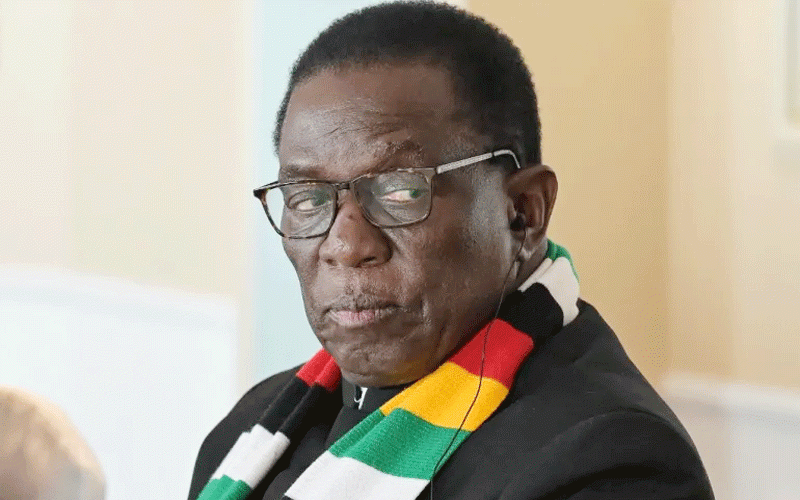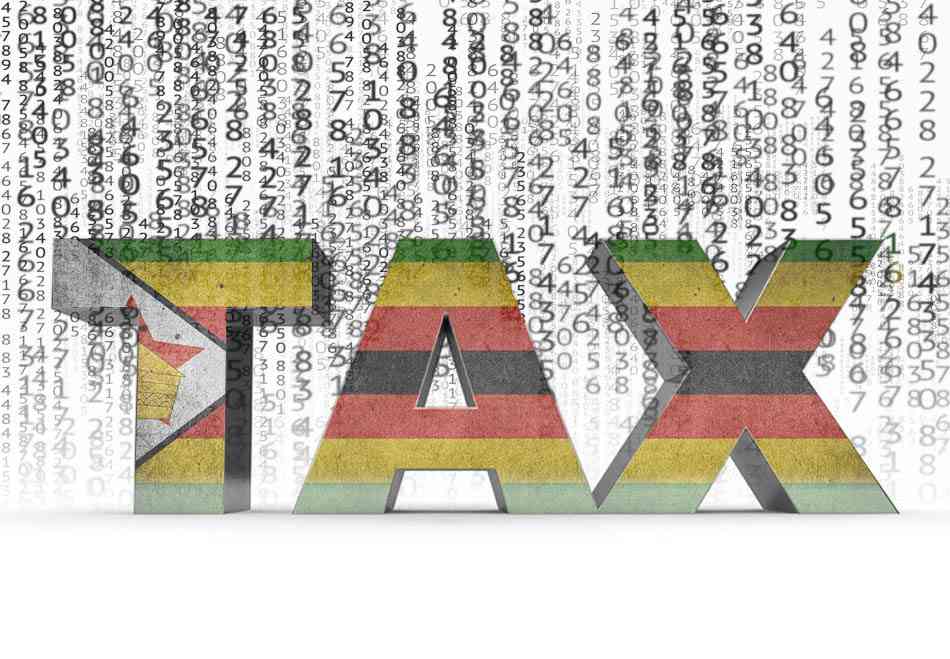
LAST week, we laid out graphic illustrations of setbacks that lurk around Zimbabwe in light of a sea of headwinds seen confronting South Africa (SA) following its shock Grey Listing by the Financial Action Taskforce (FATF) in February. FATF relegated Zimbabwe’s economically advanced neighbour and biggest trading partner to the bracket of outliers whose banks are prone to being conduits to funnelling part of over US$2 trillion in illicit financial flows (IFFs) yearly.
The concern is such monies end up funding weapons of mass destruction and terrorism. Governments have taken a position not to entertain countries that destabilise global peace and equality.
Any government can easily become part to IFFs if there is laxity in their regulation of financial systems. As acknowledged by State and global agencies, IFFs are already rampant in Zimbabwe.
At the end of 2022, Veritas, the legal think-tank, estimated that Zimbabwe lost US$20 billion through IFFs during the decade to 2020.
Between 2009 and 2013, US$2,8 billion was spirited out of the economy, according to Veritas, which also quotes the Zimbabwe Anti-Corruption Commission as saying IFFs reached US$3 billion in 2019 alone. Pillage levels were more pronounced in South Africa, which was estimated by OECD to be losing US$5 billion every year through illegal financial flows. The level of interface between Zimbabwean and South African financial systems is very high. This is why in its two-page report to banks recently, the Bankers Association of Zimbabwe was worried that Harare will pay the price of its close proximity to Johannesburg. It is difficult to point exactly where hefty IFFs end up.
But the truth is, whoever are the kingpins, they benefit in their individual capacities at the expense of Zimbabwe’s 15 million people.
These people desperately require the stolen funds to rebuild crumbling infrastructure, fund food imports to save vulnerable citizens in light of protracted droughts and low rainfall, or acquire drugs for millions who cannot afford to pay for medicine.
Setbacks to Zimbabwe from FATF’s drastic action on SA, according to BAZ, include an exodus of vital correspondent banking relationships and deeper compliance regimes, which ends up with more pressures for disclosures in trade payments.
- Abandon draconian NGO Bill
- Abandon draconian NGO Bill
- ‘IFFs stunt growth of Zim economy’
- Illicit financial flows emptying Zim of its wealth
Keep Reading
Cross-border transaction costs will rocket, with serious ramifications on the economy. Zimbabwe is relatively safe, after moving out of FATF’s Grey List last year. But it is imperative for authorities and the financial sector to work hard and avoid another Grey Listing during the assessment in 2025. A combination of spill over effects from SA’s troubles with FATF, and Zimbabwe’s own should it re-enter the Grey List, would be disastrous.The economy is already struggling with everything from power to foreign currency, rocketing prices and Africa’s worst inflation rate.
This means another Grey Listing will be a catalyst for fresh economic mayhem and meltdown.
The government, its agencies and the financial system – over 40% of FATF recommendations relate to the private sector - must cooperate to avoid dragging Zimbabwe back to the dark world.











